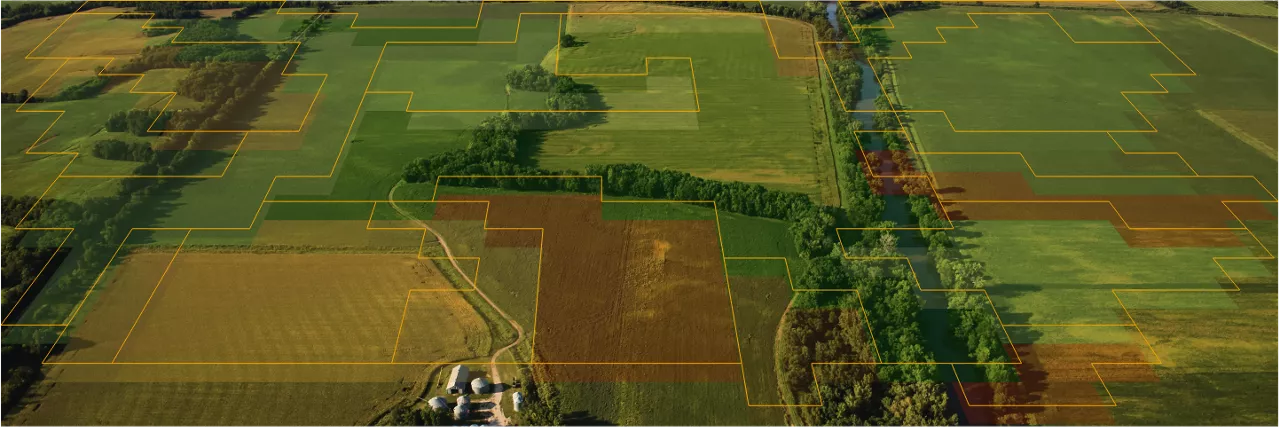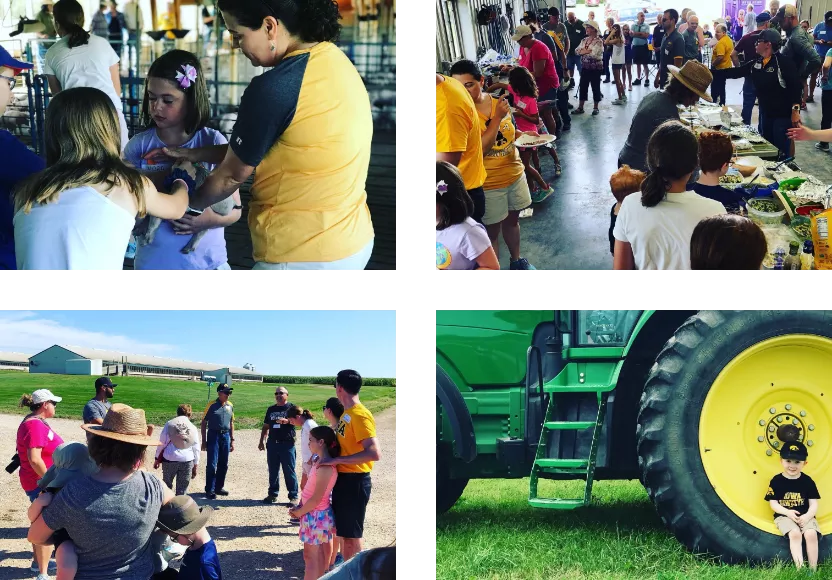
Fast, Stable, Secure. Meet Drive 2.0
The FieldView Drive 2.0 can send seed scripts without a thumb drive, has built-in GPS, offers faster data syncing and compatibility with a wider range of equipment.
Variable rate seeding pairs precision agriculture technologies with data unique to your farm to help strategically optimize the number of plants per square foot.

When you think about variability in your field, do you consider it a challenge to be overcome or an opportunity to be leveraged? With the right approach, you can turn field fluctuations into friends, not foes. This is the concept behind variable rate seeding, which pairs precision agriculture technologies with data unique to your farm to help strategically optimize the number of plants per square foot. By varying seeding rate, you’re better able to harness the idiosyncrasies in each field to improve harvest potential, conserve inputs and reduce waste.
I get it. It’s natural to have a hard time believing it works. Fortunately, the data supports it. And, more importantly, I’m hearing more and more from growers who are reporting positive results.
A great example is my customer and friend, Jeff Samuelson, a seasoned grower out of Tipton, Iowa. Now in his 44th year of farming, Jeff was among the earliest to explore variable rate seeding, using FieldView™. And though he’s grown used to experimentation, the transition wasn’t always easy. He explains, “It’s still scary to take a step out to try something you haven’t done before—especially when you’re talking about changing seeding rates. A ten-foot margin of error into the wrong soil type may not seem like a lot, but it could be an absolute disaster.”
Ultimately, there were two things that gave Jeff the confidence to take the leap into variable rate seeding: the data itself and the partnership behind it. Many farmers rely on their dealer and agronomist to help them make sense of their data and partner on seed decisions. It’s my honor that Jeff trusted me as his dealer and agronomist to help guide him on variable rate seeding. Using FieldView, it was easy to compile four years’ worth of his field data to make sure everything lined up as we created a plan. Once we could know and see everything in the field, then we both felt confident to give it a go.

In addition to the farmer’s historical and yield data, FieldView™ seed scripts are backed by proprietary field testing results from nearly 40,000 acres in 18 states.
Our partnership has paid off. Jeff began his farming career planting around 25,000 kernels of corn per acre. Now, he’s planting up to 40,000 seeds per acre in certain sections of his fields. He recalls, “when I first saw the script recommended by FieldView, I was worried that the plants couldn’t stand next to one another. But I know FieldView scripts are based on hybrid research, as well as my own field data, and I trusted Phil to help me find the hybrid that could handle that density exceptionally well."
“You don’t have anything to lose by trying it, but you definitely have something to gain.”
The benefits of variable rate seeding vary with every season. Sometimes we’re saving some seeds, sometimes we’re getting more bushels per acre. But one thing has remained the same: we’ve never reduced our yield. For farmers who are on the fence, I’d say if you collect your data, ensure it’s accurate and analyze it effectively, you don’t have anything to lose by trying it, but you definitely have something to gain.

Community members participate in one of Jeff’s many open house events, where he shared insight into the realities of modern agriculture.
Jeff’s gotten so enthusiastic about variable rate seeding that he has highlighted it at open house events he holds on his farm. These events include other growers and even friends and family who aren’t familiar with agriculture. As Jeff put it: “More than just sharing the results, I wanted them to see that there’s a new way of doing things on the farm that’s more tailored to the variations in the land and that also offers positive implications for the environment.”
Since variable rate seeding has gone so well for us, Jeff and I have also been exploring variable rate nitrogen applications to support areas of the field with higher populations. These innovations reinforce one another—and I think there’s a lot more opportunity for this technology still on the horizon.
As you make this season’s planting plan, if you’re thinking about trying variable rate seeding, talk to your FieldView dealer. Or watch these short videos on manual seed scripting and scripting using FieldView’s science-based recommendations.